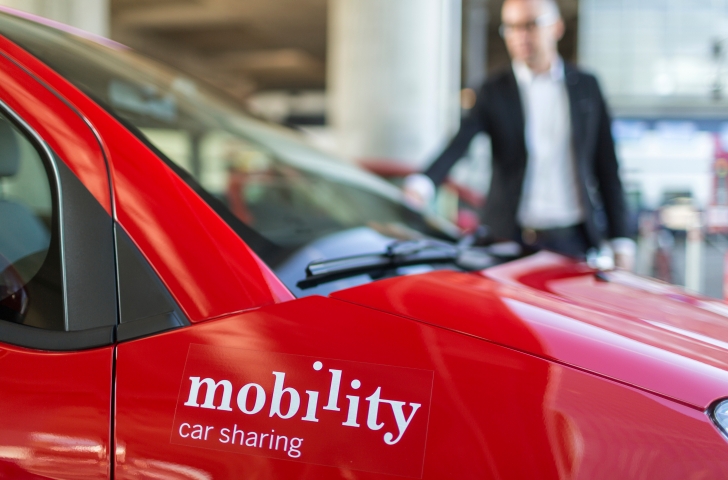We have already mentioned in a previous article that there are several types of innovations. We then focused on the types of innovations according to their impact on the market (creation of new markets, diffusion of the innovation…). In this article, we will study what is called social innovation, which is often opposed in the collective imagination to product innovation.
Social innovation
A complete definition of social innovation is given by the Conseil supérieur de l’économie sociale et solidaire (CSESS): “Social innovation consists of developing new responses to new or poorly satisfied social needs under the current conditions of the market and social policies, by involving the participation and cooperation of the actors concerned, in particular the users and users. These innovations concern the product or service, as well as the mode of organization and distribution, in areas such as aging, early childhood, housing, health, the fight against poverty, exclusion, discrimination, etc. They go through a process with several steps: emergence, experimentation, dissemination and evaluation.
Examples
Now that you have read this definition and that you have more or less understood the concept, let’s try to consolidate our knowledge with examples.
Fairtrade
This label is a social innovation whose purpose is to put a logo on the product. The label allows producers who used to be dependent on large companies to assert their position and to run their business in a sustainable way.

Liter of Light
Liter of Light is a company that allows people who are not connected to electricity to light themselves using recycled bottles and locally recycled materials. This innovation allows to answer the need in light of population forced to live according to the rhythm of the sun.

Mobility
At first glance, one might be skeptical about Mobility’s claim to be a social innovation. However, the company’s car sharing business model offers the possibility to every holder of a driving license to rent a car for short periods. Thus, instead of buying and maintaining a relatively expensive asset, everyone has the possibility to use a car only when they need it.
Social innovation is therefore innovation that seeks to meet certain social needs. It is important to note that social innovations do not depend on one continent rather than another. It is also important to note that profits are not prohibited on social innovations.

What’s next?
You want to launch an innovative project with your team? Think2make accompanies you throughout the process to facilitate the process and increase your chances of success.